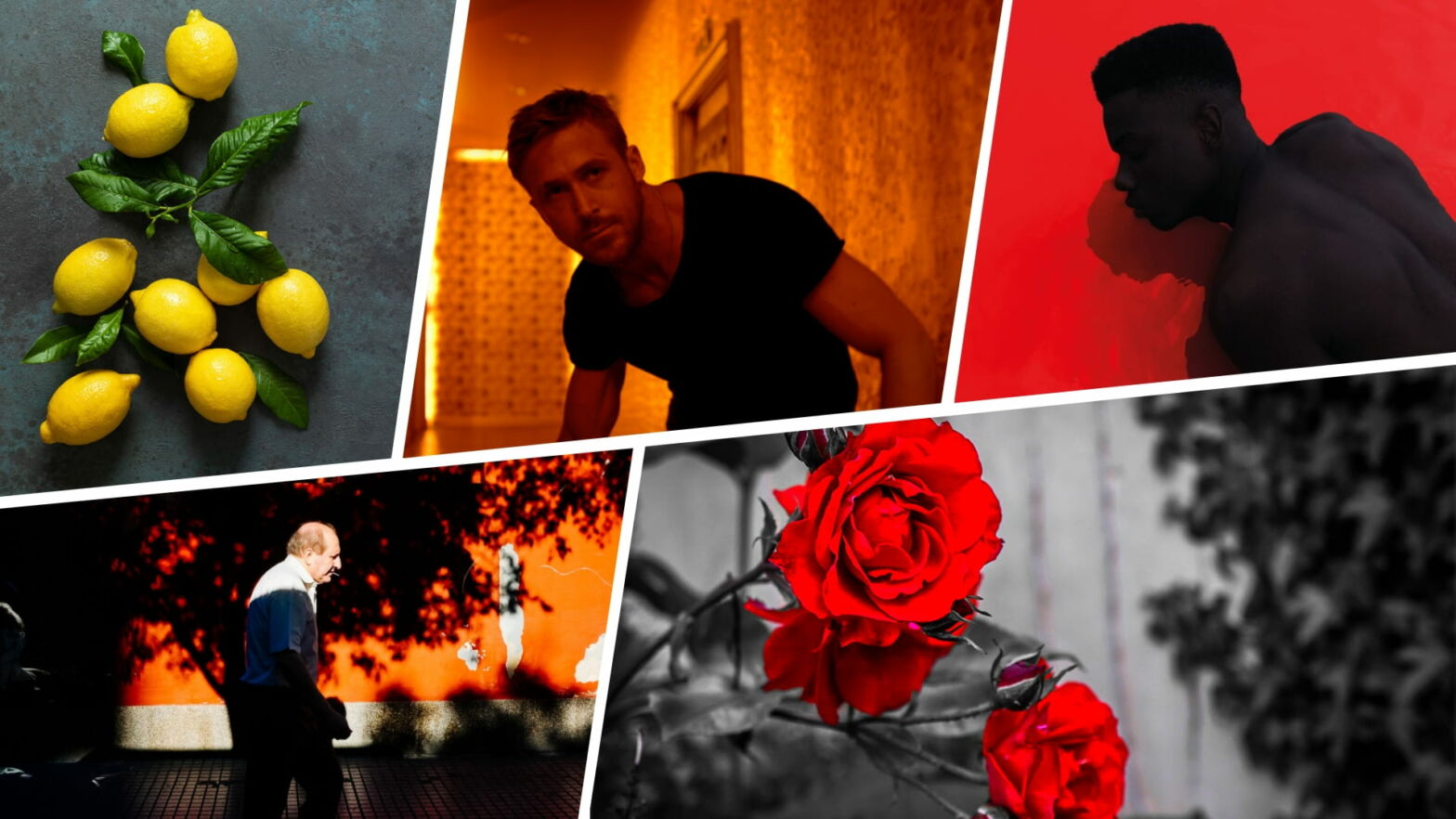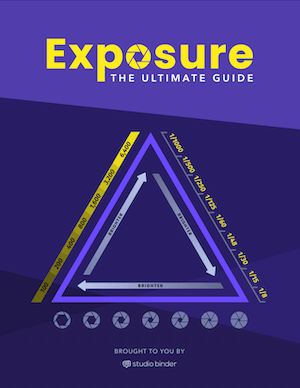What does contrast do to a photo? Why is it so alluring when we see it? There’s no doubt that contrast adds a certain characteristic that can elevate a photo. Great contrast photography starts with how you shoot the photograph. Adjusting your contrast in editing should only be a sweetener for the contrast that you’ve already captured.
In this article, we’ll take a look at the differences between tonal contrast and color contrast. We’ll also analyze the role exposure plays in high-contrast images. Ultimately, you’ll learn about the techniques that you can use to create your own unique, high-contrast photographs.
How to create high contrast pictures
Tonal contrast
Shooting in black and white is the most effective way to utilize tonal contrast to create high contrast photos. Tonal contrast is defined by the tonal changes from white, grey and black. Photographers who love creating high contrast photography typically experiment with black and white.
Black and white photography inherently entails contrast because of its lack of color. If you are looking to create high contrast photos, consider shooting black and white.
One of the best techniques to use when editing black and white high contrast photos is the zone system made famous by iconic photographer Ansel Adams. Here is a breakdown and demonstration of using the zone system for black and white high contrast pictures.
Zones for B&W High Contrast Pictures
The zone system ensures that you utilize all tones between black and white to create a high contrast, yet still detailed black and white photo. If black and white doesn’t fit into your style of photography, don’t worry. Color contrast is another way to introduce contrast into your photography.
High contrast photography tips
Color contrast photography
Every color has some sort of psychological effect. The colors we see can evoke emotional responses that artists of various mediums utilize to their advantage. The juxtaposition of various colors within a single composition is the basis of color contrast photography. Here is one of many great examples of contrast in photography that utilizes complementary colors.
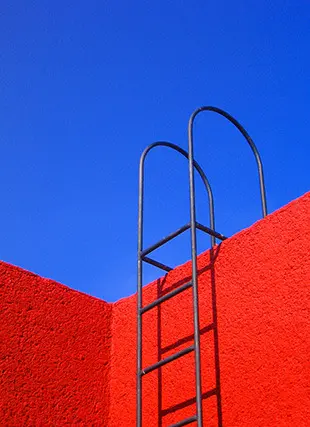
High contrast photos through color
Utilizing color to create high contrast photography requires an understanding of color theory. Color theory in film and photography is the guidance of the mixing of colors for specific effect or palettes. In our video essay below, we analyze color theory as it pertains to film. The same principles apply to still photography as well.
Color Theory in Film • Tips for contrast photography • Subscribe on YouTube
If you are looking to create high contrast photos through color, the Adobe color wheel is an indispensable tool. The color wheel allows you to create different color palettes based on different color harmony rules. Complementary colors will introduce the most contrast into your photo. A general guide to color contrast is to juxtapose warm colors and cold colors together.
Related Posts
Contrast of light and dark photography
Experiment with exposure
Perhaps the most effective way to incorporate contrast into a photo is through light and darkness. Whether you are shooting in color or black and white, finding harsh light sources that create sharp shadows will immediately create contrast. High contrast black and white photography, however, especially benefits from experimenting with varying exposures.
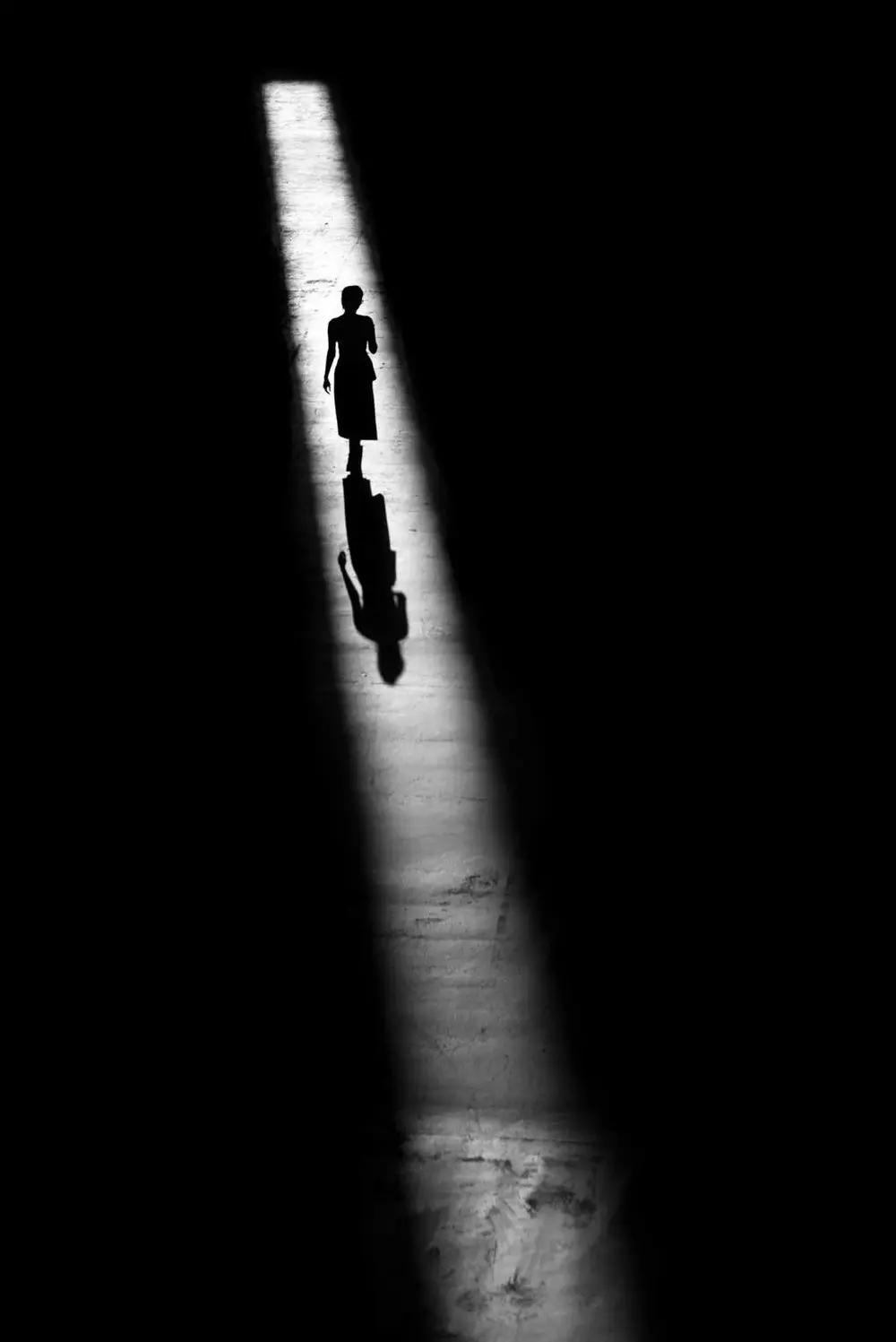
High contrast photos by Alan Schaller
To accentuate the difference between light and shadow in a photograph, experiment with how you expose the photo. Underexposed photography can create deep contrast that engulfs a shot in darkness, but underscores whatever light is captured.
Overexposed photography can create a white canvas that sharpens shapes creating deep contrast. Take a look at this high contrast black and white photography example by photographer Morgan Maassen. Maassen uses overexposure to create a great high contrast photo.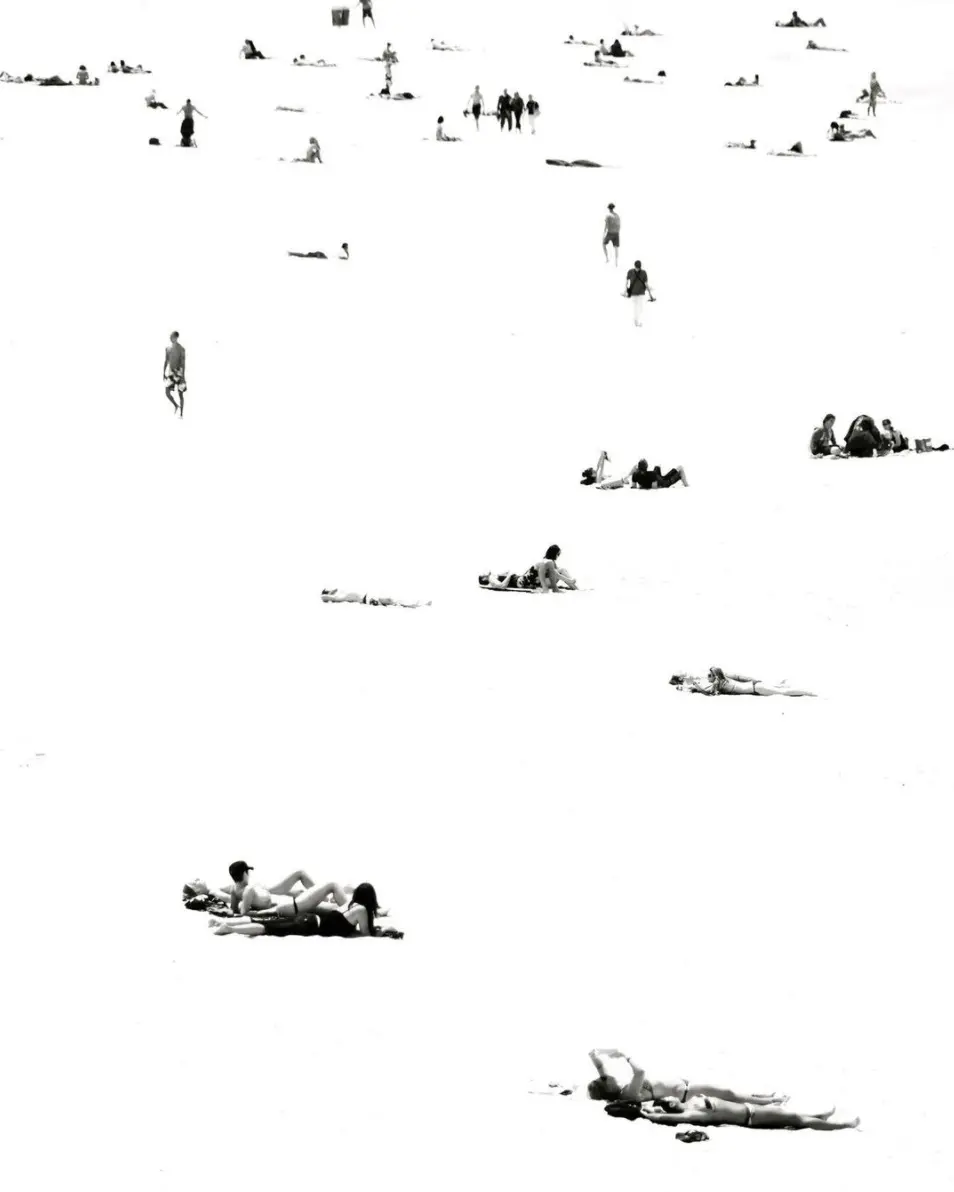
Contrast of light and dark photography by Morgan Maassen
On taking this high contrast shot, Maassen recalls “Bondi beach scene”, take 2. I took two photos this moment, one landscape and one portrait. Blown out by about 20 stops (what is ev +5.0 ha) and then converted to black & white. The more I stare at the people the more peculiar they look.”
Specific lighting styles and techniques when shooting in color can immediately create contrast. Techniques like Rembrandt lighting, split lighting, chiaroscuro lighting and rim lighting all utilize harsh light for contrast.
When it comes to color photography, harsh light and intentional color contrast can also create contrast. Utilize props and your subject to create harsh shadows from intense light sources.
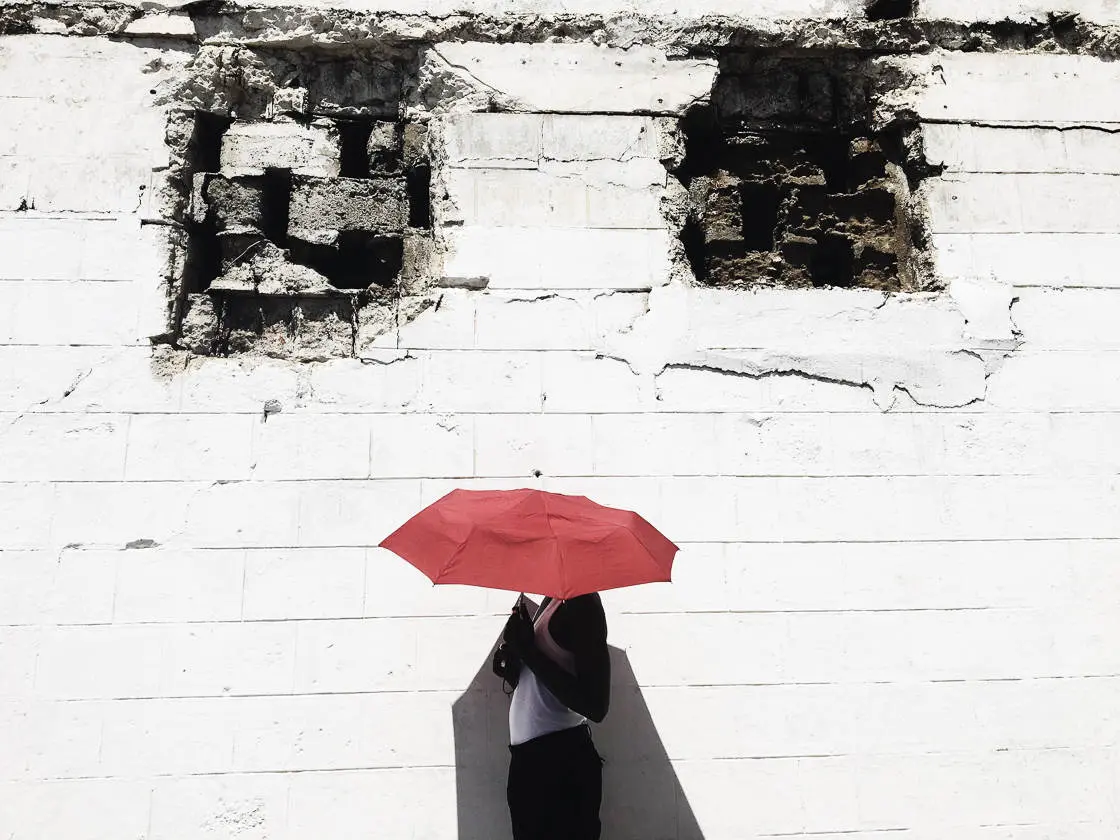
Contrast photography in harsh sunlight
Understanding the exposure triangle and how aperture, ISO, and shutter speed work together is important. Not only does it help you properly expose an image, but it can give you the tools to use varying exposures as an effect that creates more contrast.
For more on exposure, download our free e-book: The Ultimate Guide to Exposure and you'll be able to approach any lighting scenario with confidence and skill.
Free downloadable bonus
FREE Download
Ultimate Guide to Exposure
The Exposure Triangle is something every photographer and cinematographer needs to master. Download our FREE e-book to get in-depth explanations and tutorials on topics like aperture, ISO, shutter speed, and how to balance these settings to nail perfect exposure every time.
How to create high contrast pictures
Create simple compositions
Beyond the use of color or the lack thereof, composition is another technique that can introduce contrast into a photograph. Contrast is all about differences in juxtaposition. Utilizing simple compositions can draw more focus to these differences than a complex composition.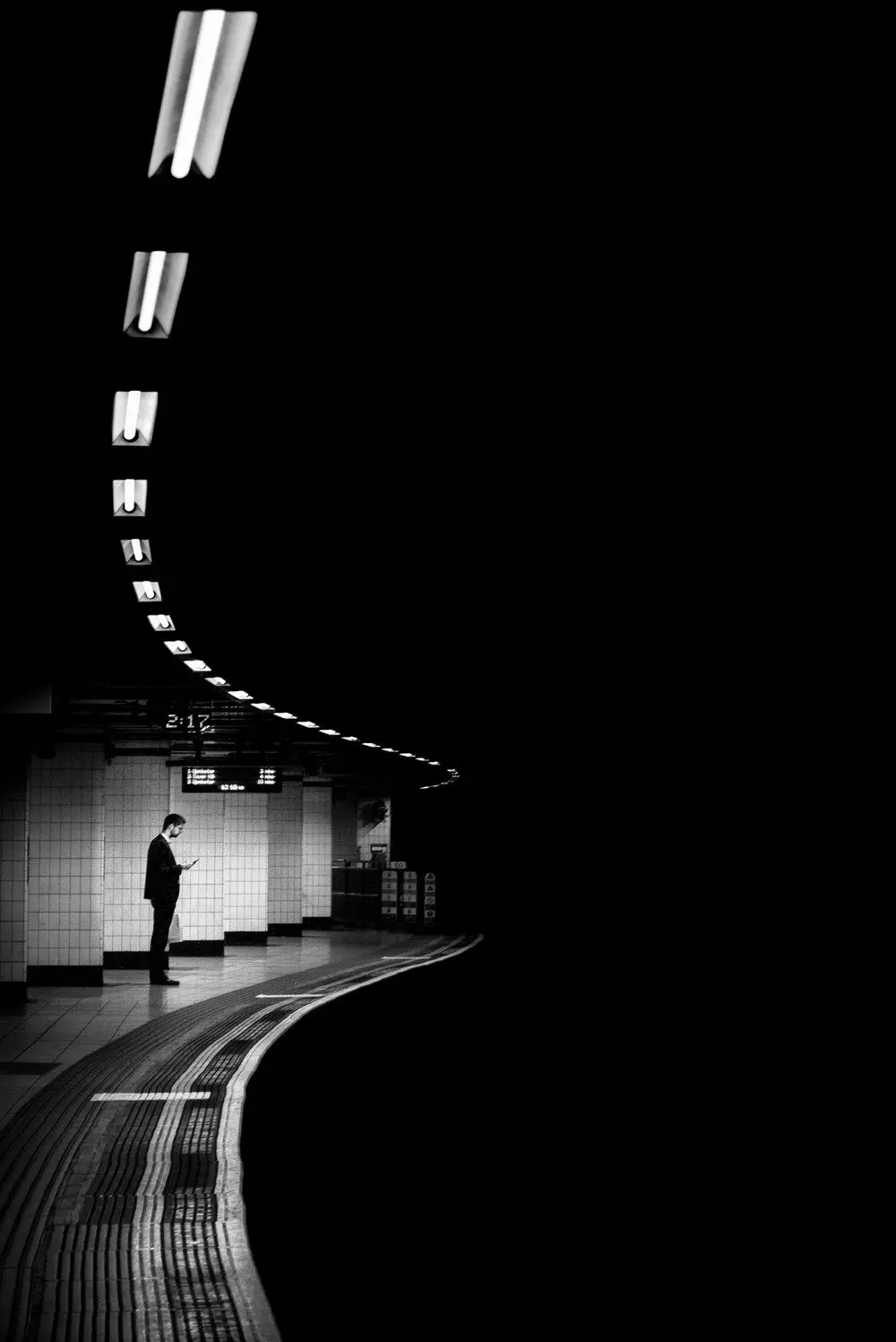
High contrast photography by Alan Schaller
If you are shooting in black and white, simple compositions also play into the minimalism of black and white style photography. Photos that have too much information or complex compositions, run the risk of confusing a viewer.
Contrast accentuates the smallest differences in a photo. The more complex a composition is, the more details the viewer must process and the more likely they will become disengaged. Simple compositions guide the viewer's eye and complement the contrast in a photograph.
Creating high contrast pictures
Choose a contrasting background
The background, subject, and foreground of a photograph are inherently juxtaposed against each other. Finding a background that contrasts with your subject is a rather straightforward way to create high contrast photos. The most simple and common example of this technique is the silhouette.
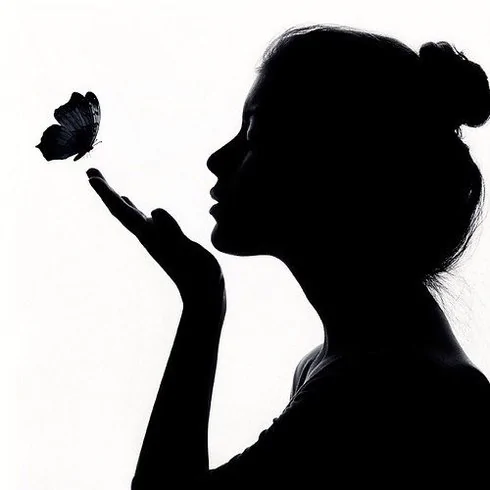
Silhouette contrast photos
Silhouettes capture an underexposed subject against a bright background creating a contrast of light and dark. Using bright backgrounds like bright skies, blank walls, or sunsets are simple ways to achieve this effect.
Finding a background with contrasting colors to your subject is another way to use color contrast in your photo. You can also find backgrounds with textural elements or patterns that contrast your subject.
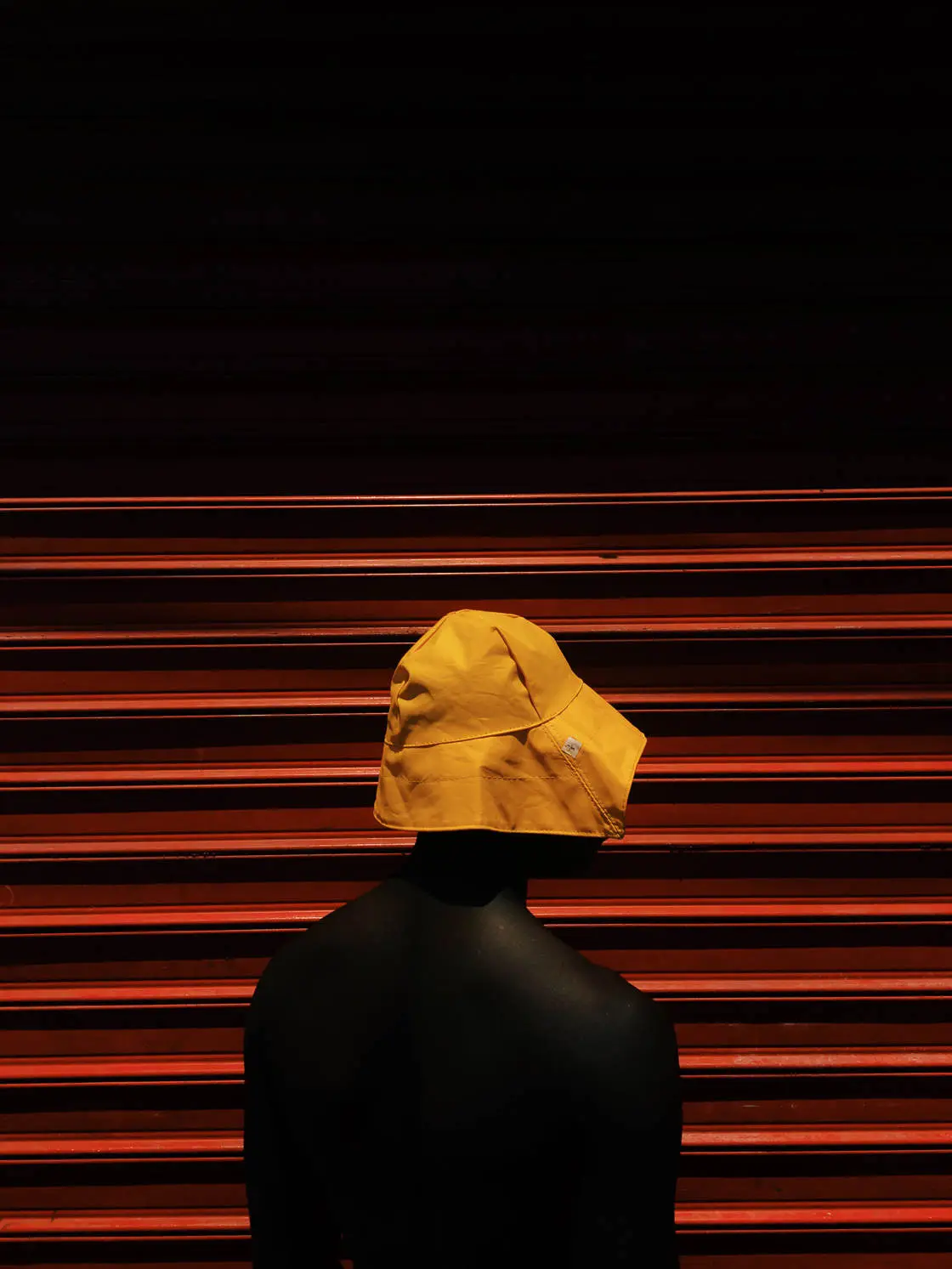
Textural contrast photography
In the photo above, the pattern of the lines in the photos background is broken by the shape of the subject. This creates a distinguished contrast between the subject and the background.
As you can see, there are various ways to shoot contrast photography. You can utilize tonal contrast or color contrast depending on your photographic style. You can create bright high contrast images or dark high contrast images based on how you expose your shot.
No matter what techniques you use, it is important to look at high contrast almost like a genre of photography. Within that genre, try to introduce your own style and personality into your work to create captivating high contrast images.
UP NEXT
How to Use Color in Storytelling
If the idea of utilizing color theory to create contrast excites you, then you’ll want to learn more about the function of color in storytelling. In our next article, we analyze the use of color in film and how it pertains to visual storytelling in general.
Up Next: Color in storytelling →
Showcase your vision with elegant shot lists and storyboards.
Create robust and customizable shot lists. Upload images to make storyboards and slideshows.
